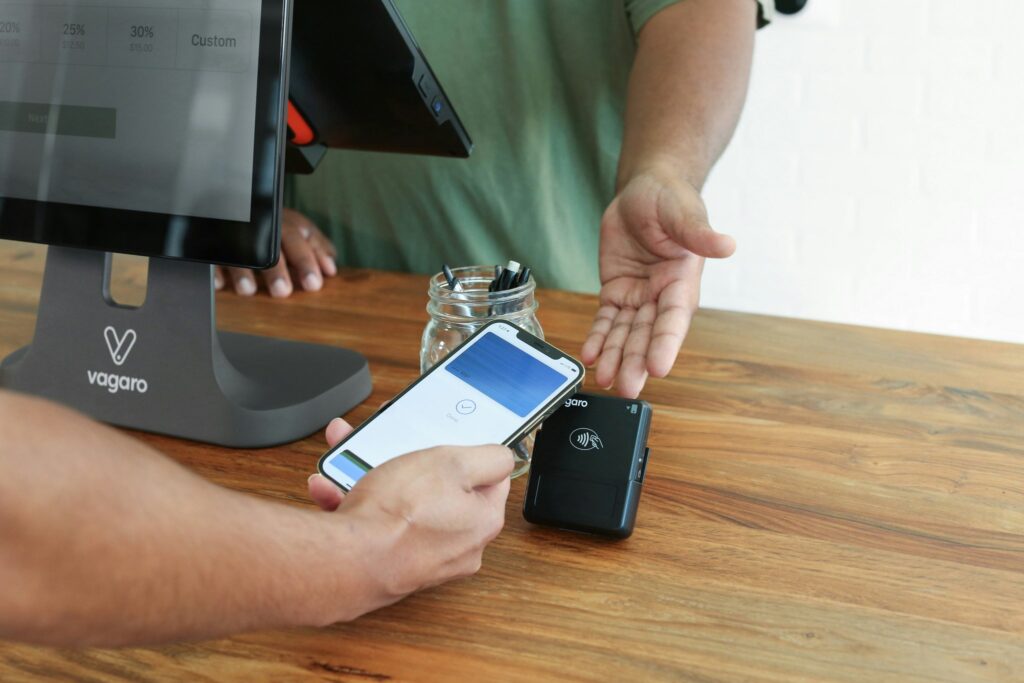Ever stared at your phone system and wondered why customers keep dropping off mid-call? Yeah, so have we.
In the world of business phone systems, there’s a feature quietly revolutionizing customer service and productivity: call wait time analytics. It’s not just another buzzword—it’s your secret weapon for streamlining operations and boosting satisfaction. In this post, you’ll discover how to harness call wait time analytics to identify bottlenecks, improve efficiency, and delight your callers. Let’s dive in.
Table of Contents
- Key Takeaways
- Why Does Waiting Suck? (Hint: Numbers Are Brutal)
- How to Use Call Wait Time Analytics Effectively
- Pro Tips for Maximizing Insights
- Real-Life Wins from Call Wait Time Analytics
- Frequently Asked Questions
Key Takeaways
- Call wait time analytics provides actionable insights into caller behavior and agent performance.
- Long wait times cost businesses millions annually due to lost customers and poor reviews.
- Leverage these metrics to optimize staffing schedules, reduce queue abandonment rates, and elevate customer satisfaction.
Why Does Waiting Suck? (Hint: Numbers Are Brutal)
“It’ll only take a second.” That’s what your callers tell themselves when they dial in—but seconds feel like hours on hold. Studies show that:
- 60% of callers hang up if they’re kept waiting more than one minute.
- 86% of dissatisfied callers won’t hesitate to leave negative feedback online.

I once worked with a startup whose average hold time was *five minutes*. Sounds like your laptop fan during a 4K render—whirrrr. Their churn rate skyrocketed until we dug into their call wait time analytics. Spoiler alert: They fixed it. You can too.
This isn’t just tech jargon; it’s a lifeline for any business relying on customer calls. If you’re still shrugging off long queues because “people will wait,” here’s a brutal truth—you’re losing money and trust faster than coffee spills on spreadsheets.
How to Use Call Wait Time Analytics Effectively
Step 1: Choose the Right Software
Not all business phone systems are created equal. Look for platforms offering detailed call wait time analytics, including real-time dashboards and historical reporting. Popular options include:
- RingCentral
- Zoom Phone
- Nextiva
Step 2: Set Clear Objectives
Grumpy You: “Ugh, metrics sound boring.”
Optimist You: “Stick with me—they’re chef’s kiss for efficiency!”
Define goals like cutting wait times by X%, improving first-call resolution rates, or reducing peak-hour congestion.
Step 3: Analyze Patterns
Use heatmaps and trend graphs provided by your software to spot recurring issues. For example:
- Are Mondays always chaotic?
- Do afternoon shifts need extra help?
These insights let you preempt problems rather than firefight them.
Step 4: Empower Your Team
Share analytics with agents—not as micromanagement tools but as learning opportunities. Highlight improvements and reward proactive steps toward better service.
Pro Tips for Maximizing Insights
- Automate Alerts: Set thresholds so you’re notified immediately if wait times exceed acceptable limits.
- Combine Metrics: Pair call wait time analytics with sentiment analysis to understand both duration and caller frustration levels.
- Avoid Overstaffing: Balance teams based on data, not gut feelings. A common mistake is overcompensating with too many agents during slow periods.
Terrible Tip Alert: Don’t rely solely on manual tracking (e.g., pen-and-paper logs). This approach is outdated and prone to errors. Automation wins every time.

Real-Life Wins from Call Wait Time Analytics
Case Study 1: Retail Giant Slashes Abandonment Rates
After implementing call wait time analytics, a retail chain reduced abandoned calls by 35%. By identifying peak hours and redistributing staff, they transformed frustrated callers into loyal shoppers.
Case Study 2: Startup Saves $50K Annually
A SaaS company used analytics to pinpoint inefficiencies in their support process. Streamlined workflows saved them significant operational costs while boosting Net Promoter Scores (NPS).

Frequently Asked Questions
Q: What exactly is call wait time analytics?
A: It’s a feature in business phone systems that tracks how long callers spend waiting before connecting with an agent. These insights help identify inefficiencies and improve overall service quality.
Q: How much does implementing this technology cost?
A: Costs vary depending on scale and provider. Many solutions offer tiered pricing starting around $30 per user/month.
Q: Can small businesses benefit from call wait time analytics?
A: Absolutely! Even a solo entrepreneur managing client calls can use basic versions to track performance and ensure timely responses.
Conclusion
From shaving seconds off each call to building lasting relationships, call wait time analytics transforms ordinary phone systems into powerful productivity tools. Follow the steps outlined above, avoid rookie mistakes, and watch your team thrive. And hey, maybe you’ll even rescue those poor souls stuck listening to elevator music.
Like Pac-Man chasing ghosts, every tweak gets you closer to flawless communication. Just don’t forget the coffee—it fuels everything.
P.S. Here’s a haiku to wrap things up:
Calls linger too long.
Data saves the weary ear.
Cheers to no more holds!


